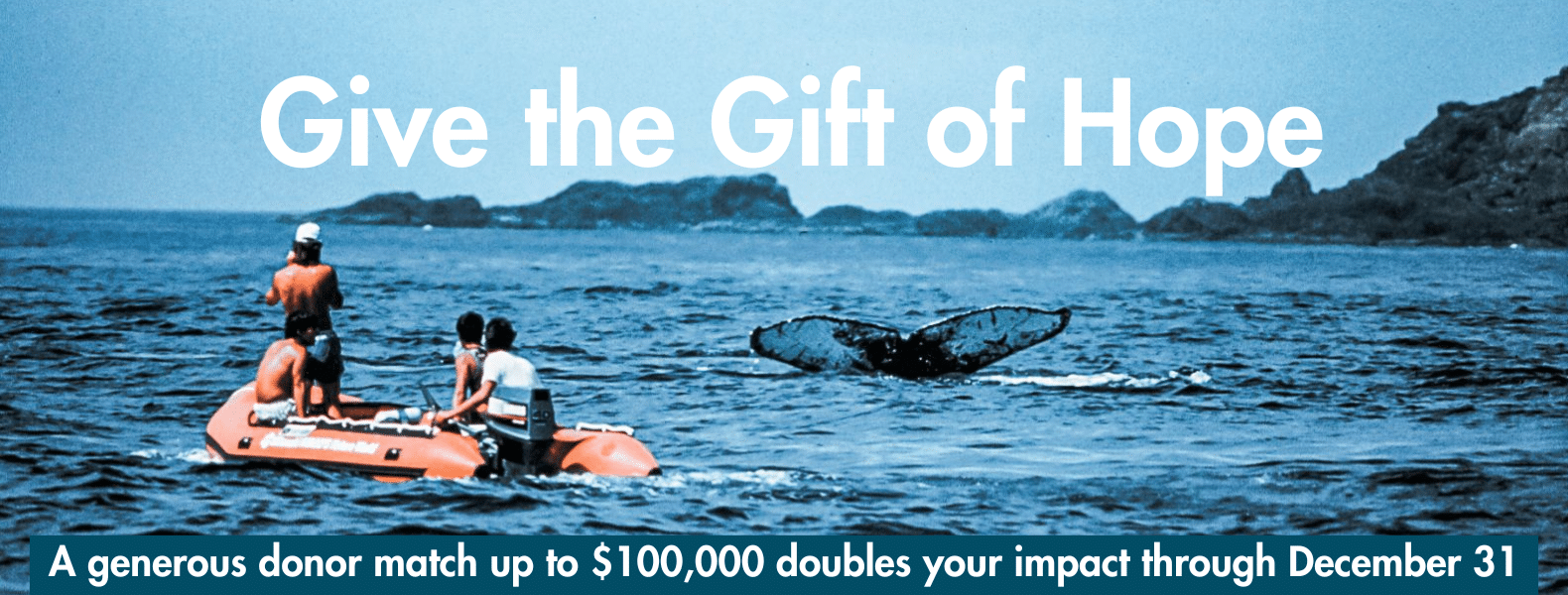The most frequently asked question we have received over the past few weeks is – how is the pandemic and accompanying shutdown affecting whales and dolphins?
Previous research has shown us that human-caused ocean noise, such as that from vessels and offshore drilling, is stressful to whales and dolphins and we assume that with the ongoing pandemic the ocean is quieter than normal. The same was true after the 9/11 terrorist attacks, where researchers opportunistically discovered that when shipping traffic stopped in the days immediately after the attack, the stress levels of whales also dropped.
For the safety of our research team, and to follow state and federal guidelines, we ceased our field work early this year and our last day of boat-based surveys was March 13. As part of a collaborative project initiated in 2019, we were hosting visiting researchers from the University of Hawaii and had planned to do humpback whale surveys for 10 days to collect biopsy samples, photo-ID, and morphometrics using drones. Unfortunately, after 3 days in the field, our plans came to an abrupt halt. It was no longer safe for our team of 7 to work together on our small (26 foot) research vessel, and we had to put the well-being of our team first. We trailered our research vessel, Ocean Protector, and it is safely stored away until we can resume our field work. We will not be able to resume this project until next year, because by now the whales have started their northern migration to the feeding grounds.
PWF Researchers are not able to complete their boat-based data collection, but we are recording shore-based observations, with the help of two volunteer citizen scientists who are doing daily counts and recording the number of vessels on the water. Unexpectedly, our volunteers are reporting that many vessels are still operating and watching whales. While commercial tour operators are not running, shipping traffic has been unaffected and recreational vessels, fishermen, and miscellaneous other services are still operating. Disappointingly, we have also observed vessels violating the Marine Mammal Protection Act by approaching humpback whales well within the 100-yard approach distance.
There is unlikely to be any immediate effect on whale numbers or reproduction because of the timing when the shutdown happened and because most shipping traffic is unaffected; many of the female whales in the breeding grounds will have already mated this season so it is not likely that we will see a humpback whale “baby boom” next year. Due to the stay-at-home order, it is likely that other marine life, such as spinner dolphins, will get a welcome break from human activities. We know that spinner dolphins throughout Hawaii are subject to immense tourism pressure and, due to swimmers and vessel traffic, are being disrupted during resting daytime hours. Our researchers have just published a paper describing what areas are important to spinner dolphins in Maui and if they use these areas the same or differently. Having this information will be crucial to the resource managers who are seeking to add increased protections to spinner dolphins, but need scientific data to guide their decision-making.
As humpback whales from the Northern Hemisphere are on their migration toward the feeding grounds, humpback whales in the Southern Hemisphere are also migrating north. These separate populations of humpback whales are leaving their Antarctic feeding grounds and traveling north to the breeding grounds along the coasts of Australia and Latin America. Our researchers in Australia and Ecuador are concerned that they may lose out on their research season, which would be a major blow to the continuity of our long-term data sets.
Until we can safely resume our field work, the Pacific Whale Foundation research associates in Hawaii, Australia, Ecuador, and Chile are working on analyzing our existing data, securing permits for future work, and using this time to share our findings through scientific publications and digital outreach programs. Thank you for your support.
Update: Great news! We are now able to safely continue our field research as of March 2021!

